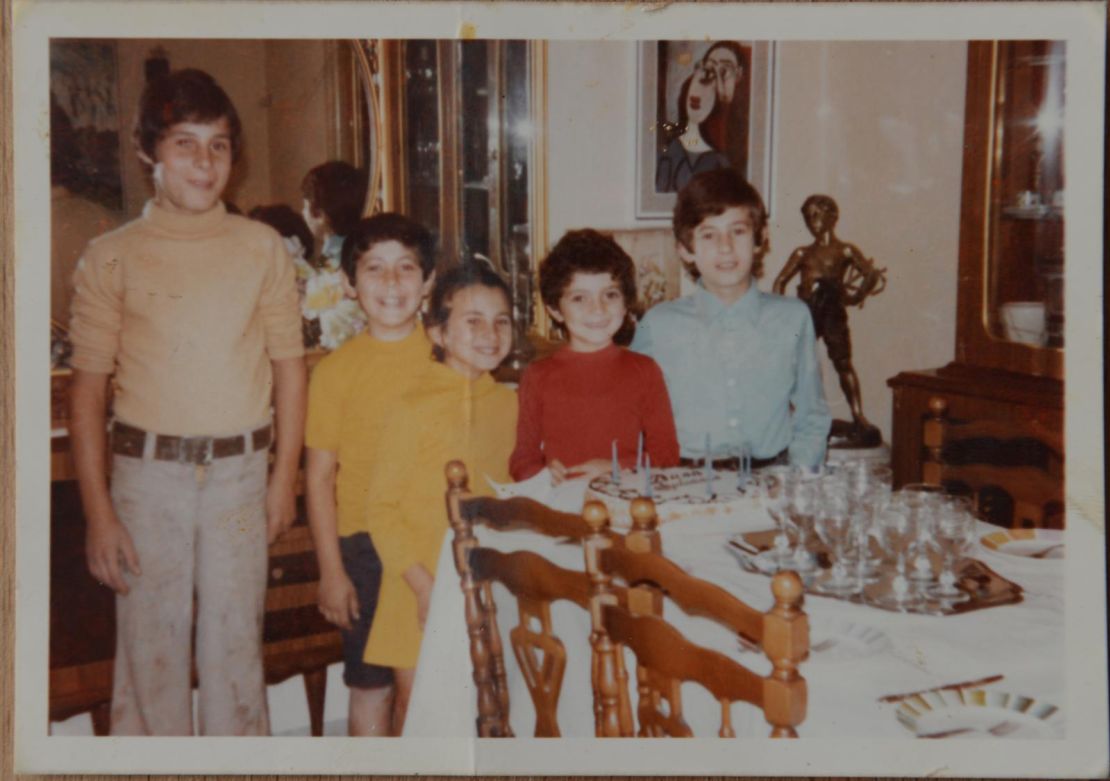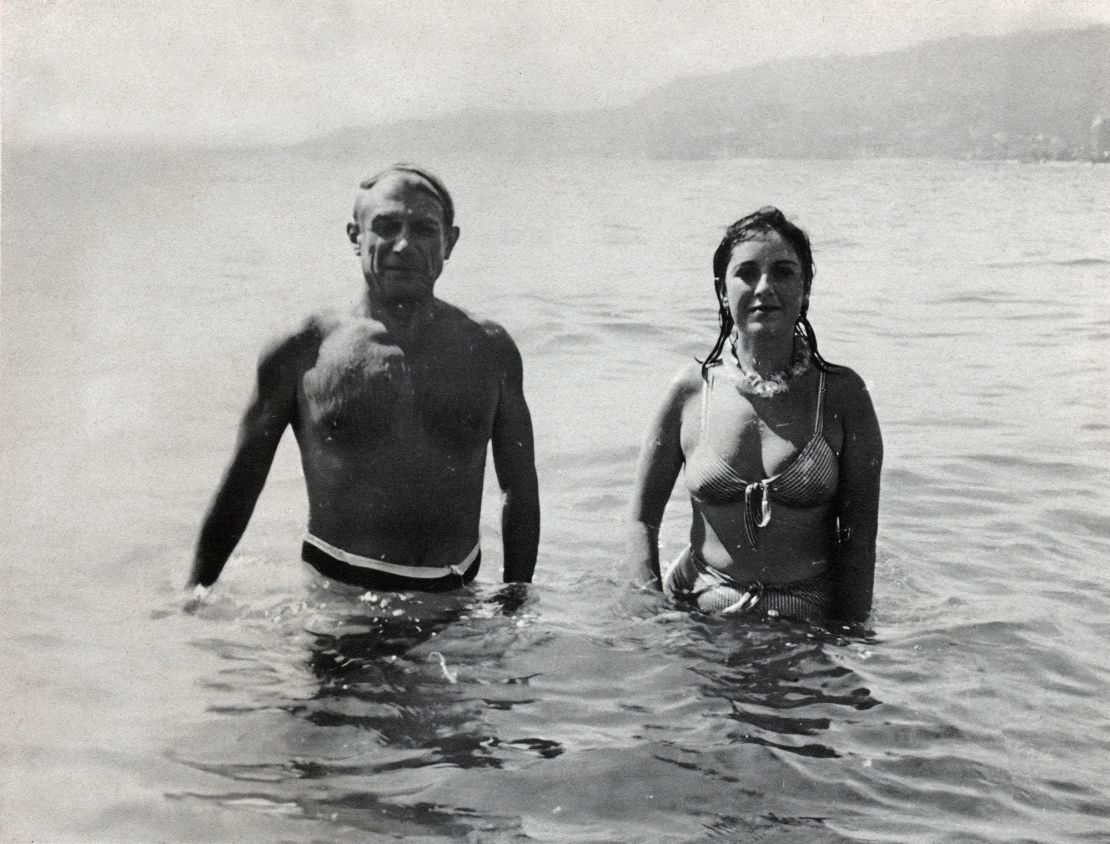A painting discovered by a junk dealer in the basement of an Italian villa six decades ago is actually the work of Pablo Picasso and could sell for millions, according to experts.
Luigi Lo Rosso used to spend his days combing abandoned houses and landfills in search of treasure to sell in the family’s pawn shop in Pompeii, Italy.
In 1962, he found a rolled-up canvas with an asymmetrical painting of a woman in the basement of the villa on the nearby island of Capri.

The painting is now believed to be a distorted image of French photographer and poet Dora Maar, who was Picasso’s lover, according to Luca Gentile Canal Marcante, an art expert and honorary president of the Swiss-based art restoration non-profit Arcadia Foundation.
The oil painting on canvas features Picasso’s asymmetrical style of a woman in a blue dress with red lipstick.
At just 24, Lo Rosso didn’t appreciate that the signature in the upper left corner of the artwork that read simply “Picasso” meant anything, his son Andrea Lo Rosso told CNN on Tuesday.
The older Lo Rosso, who died in 2021, stuck it in a cheap frame and gave it to his wife — much to her chagrin, his son said.

She didn’t think it was pretty enough to sell, so it hung in the family home for about 50 years and later in a restaurant they owned.
“When mom hung it on the wall to decorate the house, renaming it ‘the scribble’ due to the strangeness of the woman’s face depicted, I wasn’t even born yet,” Andrea Lo Rosso said.
“From dad’s stories I know that there were two canvases recovered from the Capri dump site. However, only one was signed by Picasso. Both were covered with earth and lime and my mother spread them out and washed them with detergent, as if they were carpets.”
In the 1980s, when Andrea Lo Rosso was in grade school, he saw Picasso’s “Buste de femme Dora Maar” in an art history textbook and learned that the Spanish painter spent time in Capri in the 1950s.
He then told his parents the painting might just be of value.
Thus began a decades-long journey to authenticate the signature on the artwork.
The family said they contacted art historians, many of whom told them it wasn’t an original, but offered to take it off their hands.
Suspicious, they registered it with Italy’s patrimony police, who first thought it might be stolen, but, since it was not authenticated at the time, allowed the family to keep it.
The artwork has been locked in a vault in Milan since 2019. Finally, last month Cinzia Altieri, a graphologist for a patrimony court in Milan, was able to certify the Picasso signature as authentic.
Altieri worked on the painting for months, comparing it with other Picasso works and running forensic tests to make sure it was signed around the same time it was painted.
“There is no doubt that the signature is his,” she said in a statement to local Italian media Monday. “There was no evidence to demonstrate its apocryphal nature.”
Art expert Marcante, who has worked with the Lo Russo family, told CNN he’s confident the painting is authentic.
The Lo Rossos’ painting is likely to be worth around €6 million ($6.6 million), according to Altieri and Marcante’s assessments, based on the current art market.
If certified by the Picasso Foundation in Paris, it become even more valuable.
“I’m happy but let’s wait to toast, there is still one step to take before we consider this incredible story over,” Andrea Lo Rosso said.
“I continue to work as I do every day in the hope that even in Paris they will be convinced of the authenticity of the painting.”
CNN’s has contacted the Picasso Foundation for comment.
Lo Rosso and his siblings say that when it is finally recognized by the Picasso Foundation, which could more than double its value, they will auction it off in honor of their father, who wanted the painting to be certified and sold.

